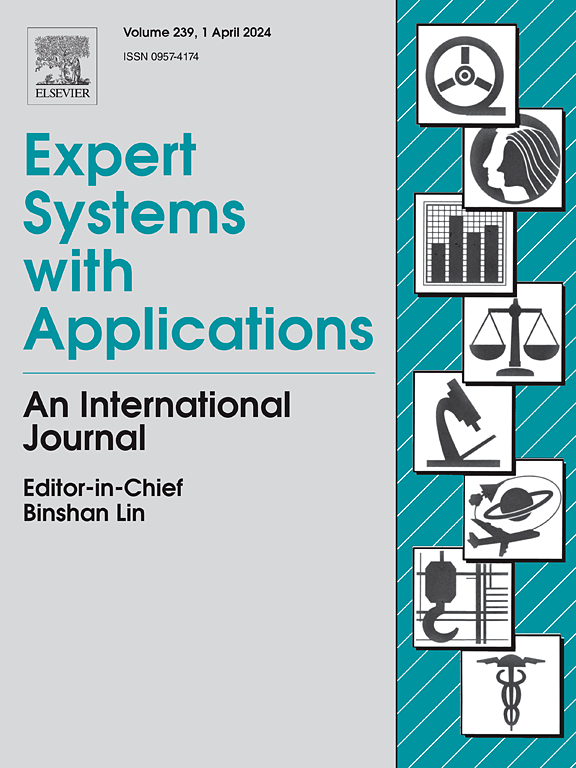Intelligent vehicle decision-making strategy integrating spatiotemporal features at roundabout
IF 7.5
1区 计算机科学
Q1 COMPUTER SCIENCE, ARTIFICIAL INTELLIGENCE
引用次数: 0
Abstract
To overcome the problems of weak driving safety and low traffic efficiency of intelligent vehicles in roundabout scenarios, and to improve the autonomous decision-making ability of intelligent systems. In this paper, we propose an intelligent vehicle Decision-Making Strategy based on SpatioTemporal graph neural Networks, namely DMS-STNet. Using end-to-end deep learning methods based on the historical information of intelligent vehicles and surrounding vehicles, output the action sequence of future driving behavior of intelligent vehicles. Specifically, a spatiotemporal graph is used to model the driving environment of vehicles, and a graph convolutional neural network is used to explore the spatial interaction relationship between intelligent vehicles and environmental vehicles. Next, based on the time convolutional network, learn the temporal characteristics of intelligent vehicles. Further integrate the complex spatiotemporal interaction relationship between intelligent vehicles and environmental vehicles through a gated fusion network. Moreover, a multi-layer perceptron is used to map the fused tensor into a sequence of driving behavior actions. In addition, experimental data collection and software in the loop testing verification were conducted on the Carla simulator platform. The research results indicate that the model proposed in this paper outperforms the comparative models in terms of prediction accuracy, safety, and traffic efficiency, fully leveraging the autonomous decision-making performance advantages of intelligent vehicles.
求助全文
约1分钟内获得全文
求助全文
来源期刊

Expert Systems with Applications
工程技术-工程:电子与电气
CiteScore
13.80
自引率
10.60%
发文量
2045
审稿时长
8.7 months
期刊介绍:
Expert Systems With Applications is an international journal dedicated to the exchange of information on expert and intelligent systems used globally in industry, government, and universities. The journal emphasizes original papers covering the design, development, testing, implementation, and management of these systems, offering practical guidelines. It spans various sectors such as finance, engineering, marketing, law, project management, information management, medicine, and more. The journal also welcomes papers on multi-agent systems, knowledge management, neural networks, knowledge discovery, data mining, and other related areas, excluding applications to military/defense systems.
 求助内容:
求助内容: 应助结果提醒方式:
应助结果提醒方式:


